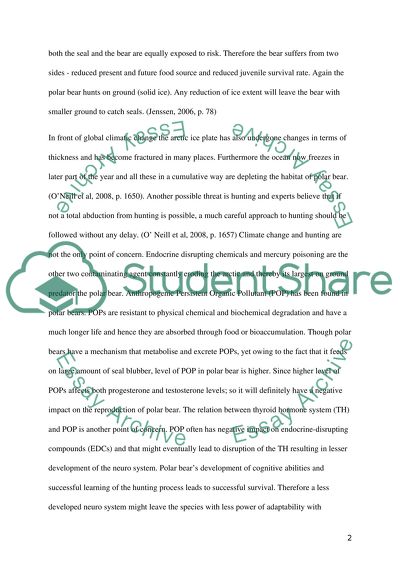Cite this document
(Global Environmental Change Effect on Polar Bears Research Paper, n.d.)
Global Environmental Change Effect on Polar Bears Research Paper. Retrieved from https://studentshare.org/environmental-studies/1568967-global-environmental-change
Global Environmental Change Effect on Polar Bears Research Paper. Retrieved from https://studentshare.org/environmental-studies/1568967-global-environmental-change
(Global Environmental Change Effect on Polar Bears Research Paper)
Global Environmental Change Effect on Polar Bears Research Paper. https://studentshare.org/environmental-studies/1568967-global-environmental-change.
Global Environmental Change Effect on Polar Bears Research Paper. https://studentshare.org/environmental-studies/1568967-global-environmental-change.
“Global Environmental Change Effect on Polar Bears Research Paper”, n.d. https://studentshare.org/environmental-studies/1568967-global-environmental-change.


